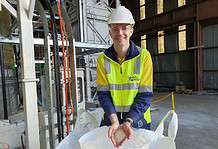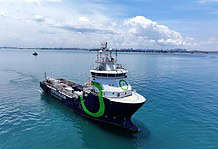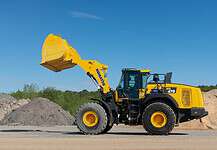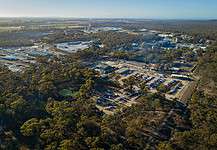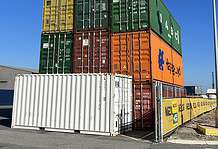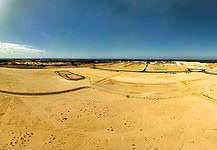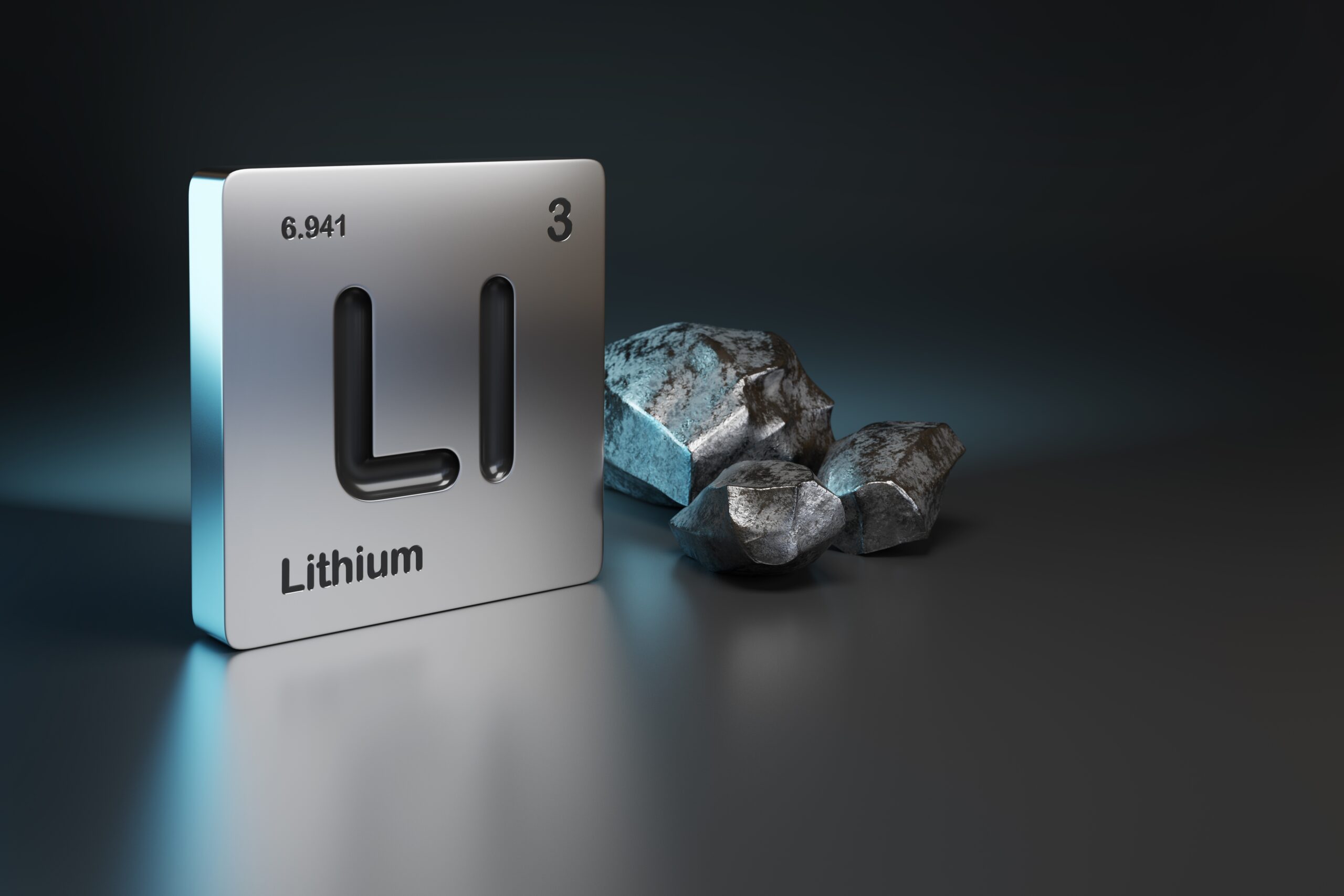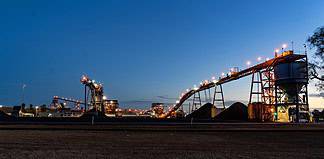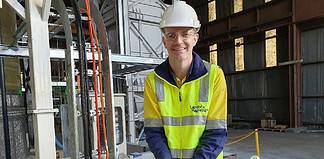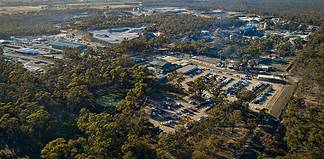Delivering value through rock strength, excavatability and abrasivity testing
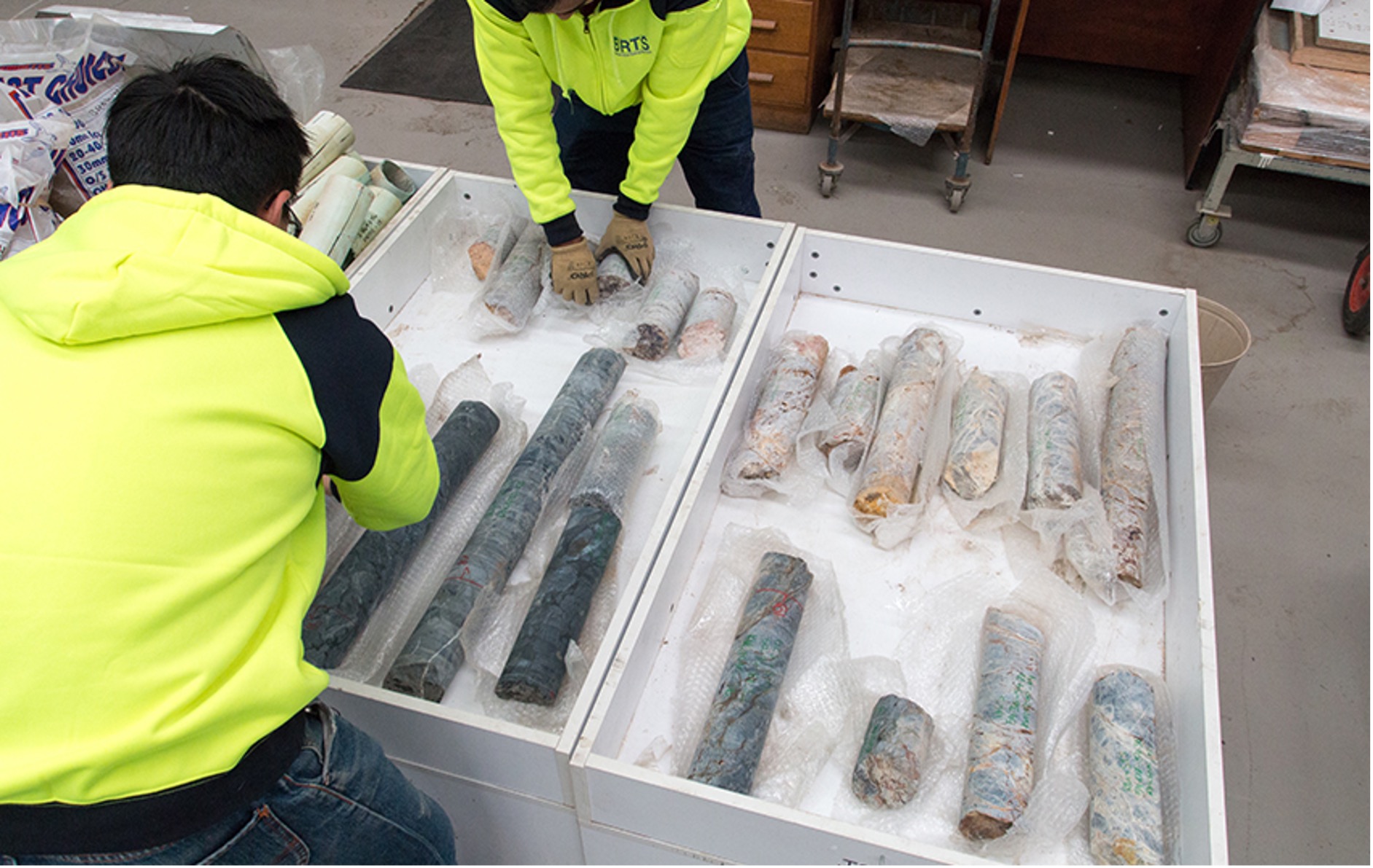
Geotechnical engineers, drillers and earthmovers are well aware of the complex challenges associated with mining, tunnelling, quarrying and infrastructure projects. Whether you’re dredging, trenching or soft-ground tunnelling, the excavation process can pose a risk to machinery and the wear life of their parts if the characteristics of rocks, soils and other materials are not appropriately considered.
In order to predict the performance of rock excavating equipment and drill rig attachments, a partner with the unique expertise and in-depth knowledge of geology and rock testing procedures is critical.
One world-renowned figure in the field of rock testing is Bill Bamford, the founder of Bamford Rock Testing Services (BRTS). The University of Melbourne appointed him to the position of Lecturer in Rock Mechanics in 1967, after working in the industry for the best part of a decade. Since then, Bamford has dedicated a lifetime of experience and research to this highly specialised field.
A civil engineer and engineering geologist by training, Bamford established BRTS in 2014. The business has gained a reputation for its work in rock strength, excavatability and abrasivity testing, servicing mines and underground excavation projects throughout Australia, New Zealand, Singapore, Fiji and surrounding region, directly out of its NATA accredited geotechnical rock testing lab in Melbourne. BRTS also leverages the latest rock testing technology, backed by a highly experienced team of testing engineers (four of whom hold doctoral degrees).
The business strategically aligns itself with four key pillars, which include excavatability, abrasivity, stability during and post-construction, and long-term stability post-construction.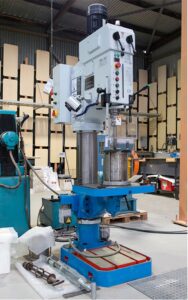
“At BRTS, we’re specialists in providing data and analysis for consultants and contractors alike, by offering a suite of rock property testing services that identify the challenges associated with constructability,” said Bamford.
BRTS’ clients have quickly realised the huge value they can unearth in their excavation applications.
Bamford explains that when clients use their rock testing results at the initial feasibility and design phases of a mining or excavation project, they are able to save time and money by specifying the most appropriate excavation equipment, and factoring in realistic production rates and unit excavation costs.
“If their assumed productivity and excavation costs prove to be unrealistic, they wish they had tested for these earlier in the process. That’s where we come in. Most commercial geotechnical testing labs are best equipped to test soils and weak rocks. However, our testing lab is uniquely equipped to test rocks over their full spectrum from low to high strength and deformability.
“Although there are a few University labs capable of undertaking similar testing, they tend to be utilised mainly for teaching and research and must prioritise testing to fit their students’ laboratory schedules. This means the testing turnaround time can be three or four months. We can obviously turn around results far quicker.”
With a unique combination of rock testing procedures, it’s no surprise BRTS are the trusted rock tester in the mining industry.
Using their state-of-the-art lab and testing equipment, BRTS perform a range of specific tests – from testing the strength, brittleness, toughness and abrasiveness of rocks, to the geotechnical stability design and selection of the most appropriate machinery for the required mining excavations. Additionally, the wear rate of ground-engaging tools – the mutual damage inflicted by tools to rocks and vice-versa can be analysed and predicted.
“As part of testing for mine sites, we carry out both design for initial excavations, as well as testing for selecting the most appropriate machinery,” added Bamford. “We’re often faced with a situation where a client has decided to proceed with purchasing a fleet of equipment without conducting the appropriate tests. By failing to do this, they may find that they have exhausted the exploratory drill cores, and find it difficult to justify a re-drilling program. A small amount of value-added testing in the initial feasibility and design stages may save a lot of grief down the track.”
BRTS utilises lab testing apparatus that has either been sourced from specialist manufacturers overseas or designed and built in-house.
“Our specialist test equipment enables us to replicate rock crushing, breaking or cutting of a machine in the field, but within a laboratory environment,” says Bamford. “We’re in a situation where we’re almost unique. There’s only a small number of other labs in the Northern Hemisphere with some, but not all, of our equipment.”
Selecting the right machinery from the start is a key consideration prior to cutting or drilling through rock. As Bamford indicates, there’s no point investing significant money in machinery that’s not fit-for-purpose, or will prove ineffective for the job at hand.
“This decision is something that must be made in the early stages. The planning engineers should not have the mindset that, based on past experience, a fleet of a particular type of machinery will be used, and then find out too late it was not appropriate based on the rock and materials involved.
“We aim to provide our clients with full visibility through testing before any works are performed. That’s why initial planning is so important, as we want to ensure our clients are equipped with the most practical, cost-effective approach.”
For more information on how Bamford’s suite of rock testing solutions can save you time and money, call 03 9329 2818, or visit bamfordrocks.com.au/



